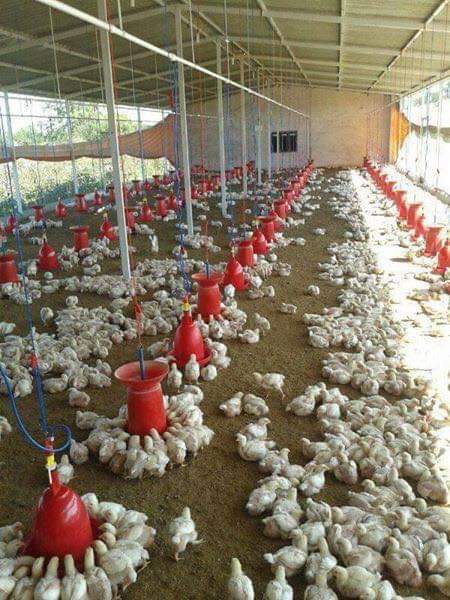DEAD BIRDS DISPOSAL IN THE COMMERCIAL POULTRY FARM
Tips for dead poultry bird disposal in the commercial poultry farm:
1. Dead birds must be removed from poultry houses on at least a twice-daily basis.
2. An accurate count should be kept of birds collected and the number recorded in the farm diary.
3. Dead birds on poultry farms should not be carelessly thrown out in the open.
4. Dead poultry on farms can cause nuisance, odor and aesthetic problems; surface and groundwater pollution; disease; and insect, rodent and predator problems if the birds are not disposed of daily.
5. It will lead to the spread of infections and also cause major pollution problems.
6. With proper mortality management and effective bio-security programmes, many of these problems would be alleviated and production would hence be improved
7. Typical methods of mortality disposal include burial, incineration, rendering, and compost.
8. Mortality disposal following a natural disaster or catastrophic disease event can become a major challenge for poultry producers.
9. The magnitude of that challenge is difficult to anticipate at the onset of such events.
10. A common challenge during catastrophic disease events is to ensure that carcass disposal keeps pace with the rate of infection and exposure.
11. It is likely that a combination of disposal methods will need to be employed to accomplish the mortality management requirements.
12. Burning:
a) This is the best procedure, usually done through incinerator.
b) However, being expensive wood is rarely used for burning carcasses.
c) Five quintals of wood is sufficient for 100 kg of dead birds.
13. Burying or burial:
a) A pit must be prepared of two metres long, two metres wide and two metres deep.
b) This size pit enables disposal of about 300 birds.
c) Numbers of birds can be doubled, if it is made one metre deeper.
d) Carcasses must be covered by a layer of calcium hydroxide and then with a layer of earth (at least 40 cm deep).
e) Burial should be such that rodent and stray animal, such as dog cannot access it.
14. Composting:
a) Compost heat rapidly reaches temperature between 140°F and 165°F and reduces birds to soft tissues within 14 days.
b) Effective in destroying E. coli, Salmonella, and Gumboro virus.
Dr V. Rajendra Prasad,Poultry consultant, Hyderabad.


